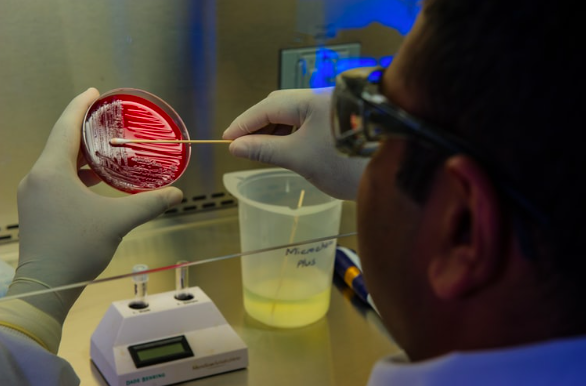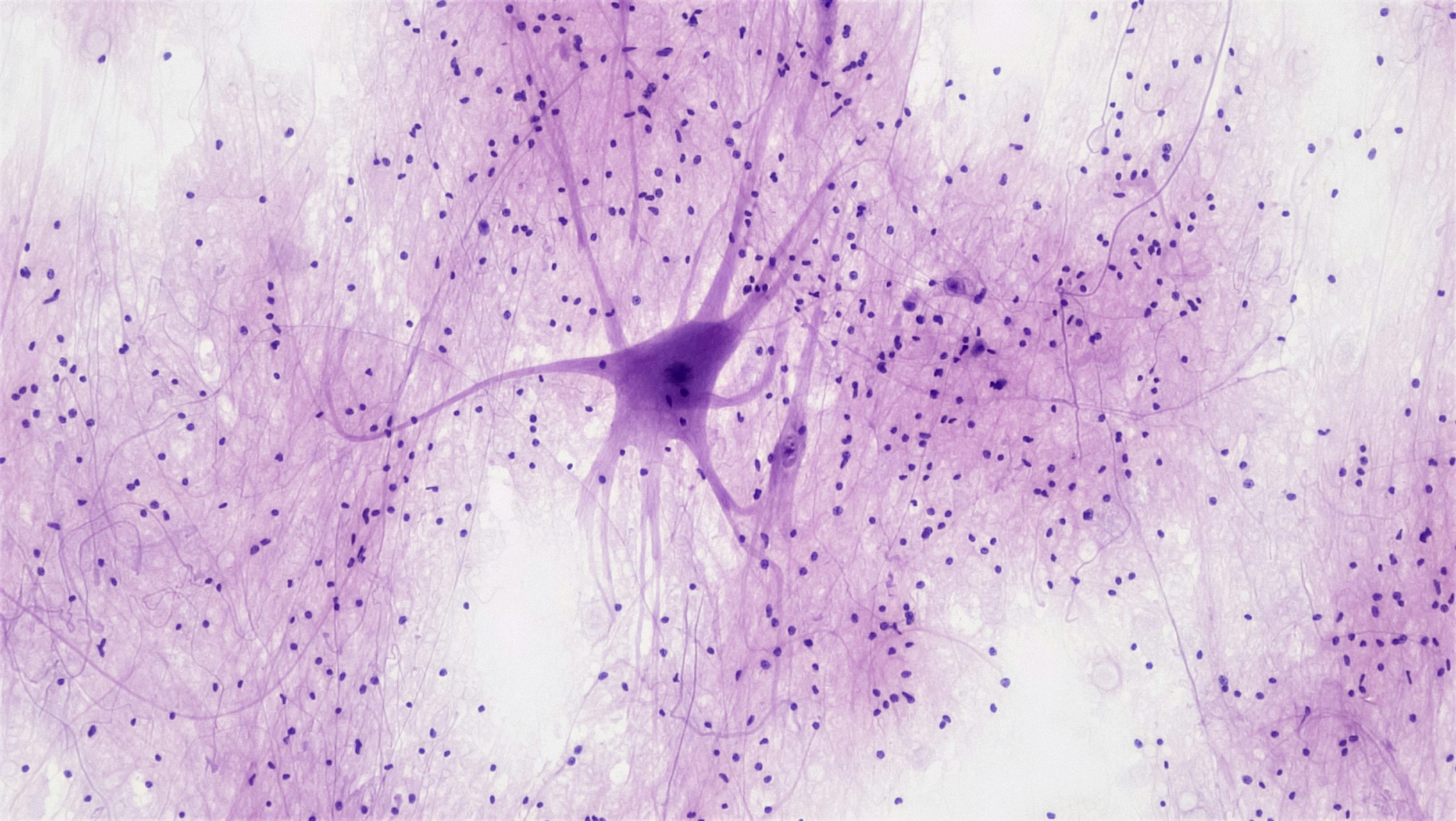Hiu Yu Wong, Year 12, The King’s School, Kent
Throughout the course of science, many discoveries have been made that have greatly impacted our world today, may it be a fascinating invention or a complicated theory. Yet for one woman in 1951, she was about to change the frontiers of science without knowing.
Henrietta Lacks was an African-American woman who went to John Hopkins hospital in 1951 to be treated for cervical cancer. While the doctor treated her, he also removed a piece of her tumour without her consent. Henrietta eventually died as the tumour spread around her body. But surprisingly, the cells from her biopsy continued to live, dividing repeatedly in the laboratory. Her cells — abbreviated as HeLa cells — would become the first immortal human cells to be cultured, revolutionising the field of tissue culture research and medicine. They would be injected with a myriad of drugs and toxins, sent to space and experience zero gravity, and even bombed with radiation that simulated a nuclear bomb. Where experimentation with a living human was impossible, HeLa cells were the substitute, and they have helped facilitate research for the last half of the century.
In medicine, HeLa cells helped the research behind many diseases. When a vaccine was developed for the polio epidemic, Jonas Salk turned to HeLa cells for testing as they were inexpensive but could be used on a large-scale due to their rapid division. In 1984, Harald zur Hausen discovered a new strain of the Human Papillomavirus (HPV-18), which he believed caused cervical cancer. When HeLa cells tested positive for HPV-18, he carried out further studies on HeLa and other cells. Eventually scientists could develop an HPV vaccine. Richard Axel also attempted to infect HeLa cells with human immunodefiency virus (HIV), allowing scientists to understand and work towards eliminating the virus. HeLa cells helped develop drugs for numerous other diseases and conditions — cancer, influenza, Parkinson’s disease and so on. Though Henrietta herself succumbed to cancer, her cells helped scientists understand and combat many diseases, curing countless other patients throughout the years.
HeLa cells also helped standardise the tissue culture technology. Scientists were using different culture media and techniques at that time, which made experimental results hard to replicate. The mass-production of HeLa cells brought about standard tissue culture and safety equipment such that researchers around the world could use the same cells, the same medium and the same equipment. The advancement in culturing would soon give rise to cell cloning, isolating stem cells and even in vitro fertilisation. HeLa transfigured the field of culturing technology, paving the way for greater discoveries in cell culture.
The secret behind HeLa’s immortality was eventually discovered — chromosomes have structures called telomeres at their ends, which become shorter each time the cell divides, until the cell stops dividing and dies. It was found that human cancer cells contained telomerase, an enzyme that rebuilt the telomeres and prevented cellular senescence. As HeLa cells never stopped dividing, they were readily available and accessible and became the standard laboratory workhouse. They opened windows of opportunity and made headway for science.
As powerful as HeLa cells were, they had several disadvantages — after all, they were cancerous and had many errors in the genome, which presented limitations in research. Moreover, HeLa cells could contaminate cell cultures easily as they outgrew other cells. They also raised ethical controversies, since Henrietta Lacks did not consent to her cells being used in research. Her family were also kept in the dark about her cells until years later. The concerns surrounding consent and privacy of research on patient biopsies is still under heated discussion today, but the ethical standards have improved greatly from the days of Henrietta Lacks.
HeLa has tremendously influenced scientific research, changing the lives of millions across the world, while Henrietta suffered and died. She has made the sacrifice — along with her family, and many other scientists who have spent years working on her cells. One great scientific discovery, invention or advance has immense potential and possibility, but we must be responsible and respectful when being granted such power, as it comes at a cost. While Henrietta died, her legacy lives on in many laboratories, continuing to pursue the limits of scientific knowledge.
Runner-up for the Schools Science Writing Competition, Trinity Term, 2020





